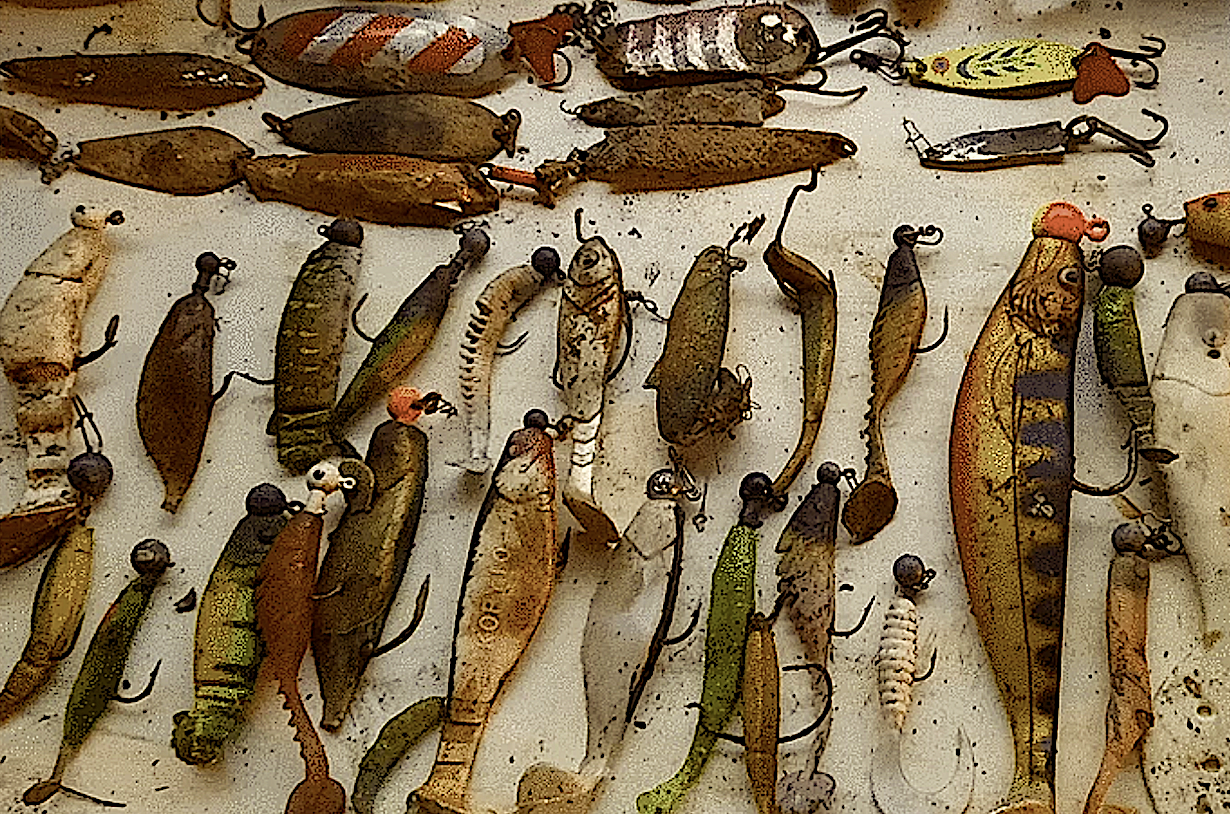What’s Four Years Old and Contains 185 Fisheries Science Updates for Anglers?
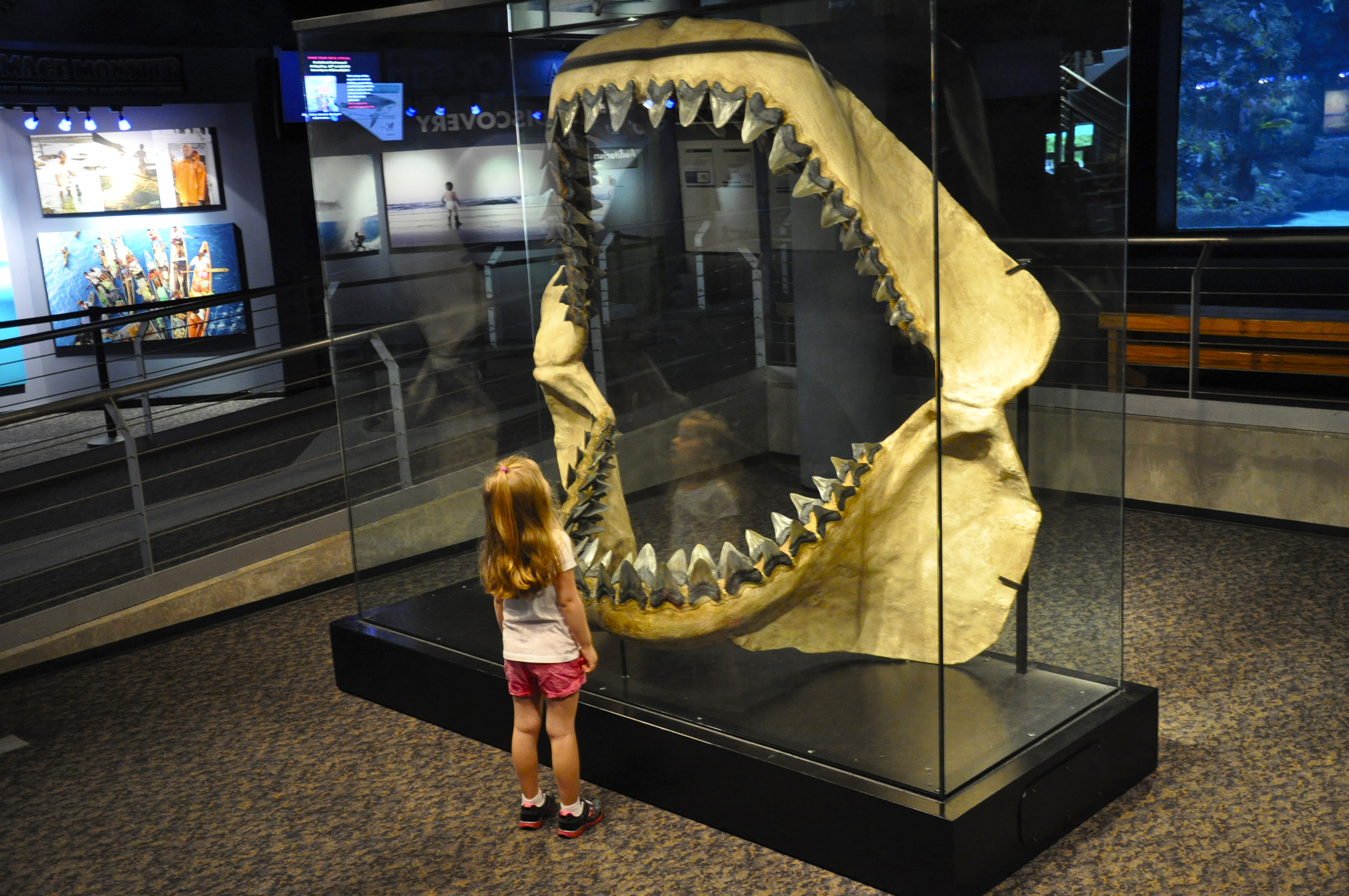
North Carolina Sea Grant’s Hook, Line & Science — and here are the top 10 stories so far.
Last month Hook, Line & Science turned four years old. Hooray!
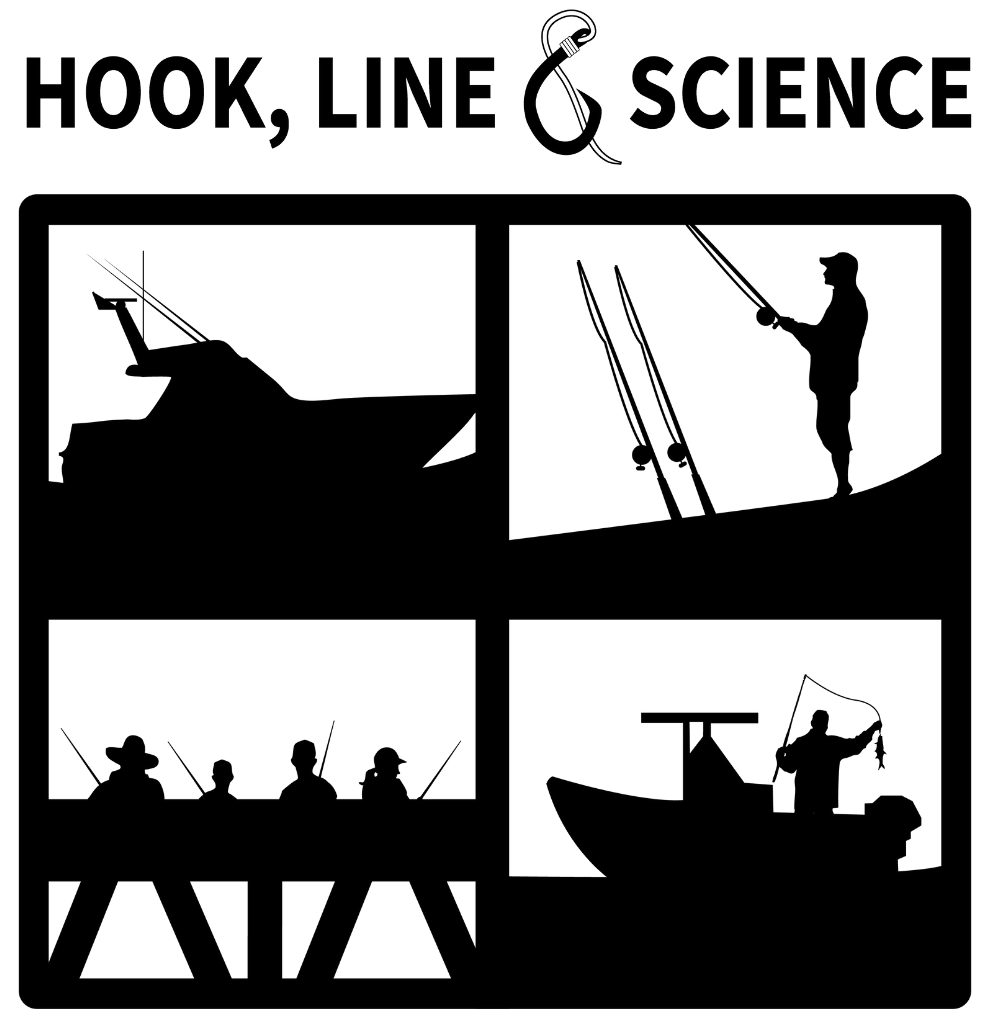
During that time, posts on flounder identification, changes in shrimp abundance, and fish tagging have been the most popular on the site, but there have been many others. In fact, with this post we also celebrate our 185th new post. Not bad, considering there have been only 214 Mondays since our launch on December 3, 2018. That’s important because we always post on Mondays.
Our goal, as scientists who specialize in marine fisheries, has been to provide saltwater anglers, in particular, and a broader audience, in general, with easy access to science-based information related to fishing and fisheries.
And, after all, science really isn’t that useful unless we all have a chance to learn about it.
The Top 10 Most Popular Stories From Hook, Line & Science
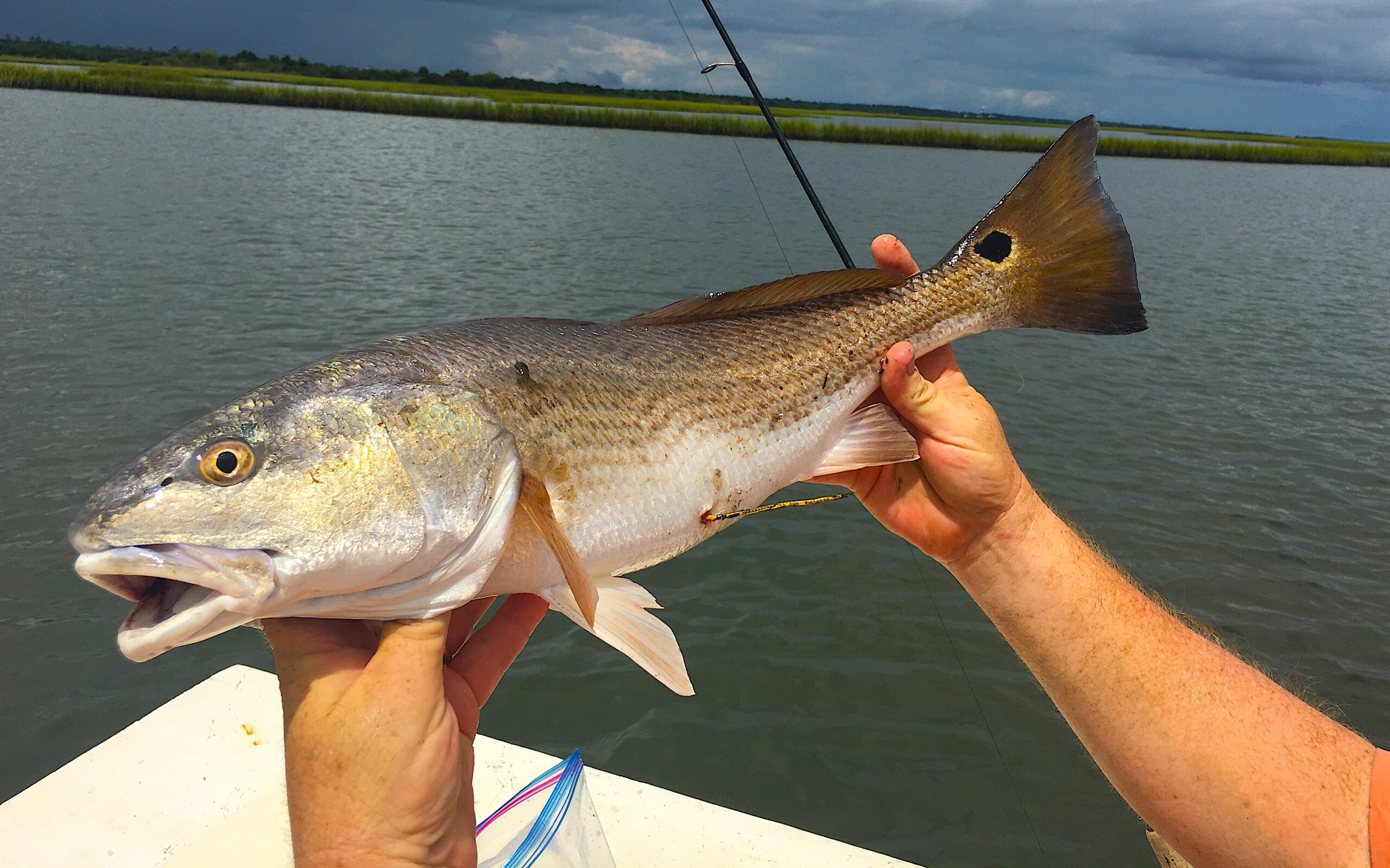
1. You Caught a Tagged Fish – Now What?
Catch. Cut. Report. And then collect your reward.
originally posted November 2019
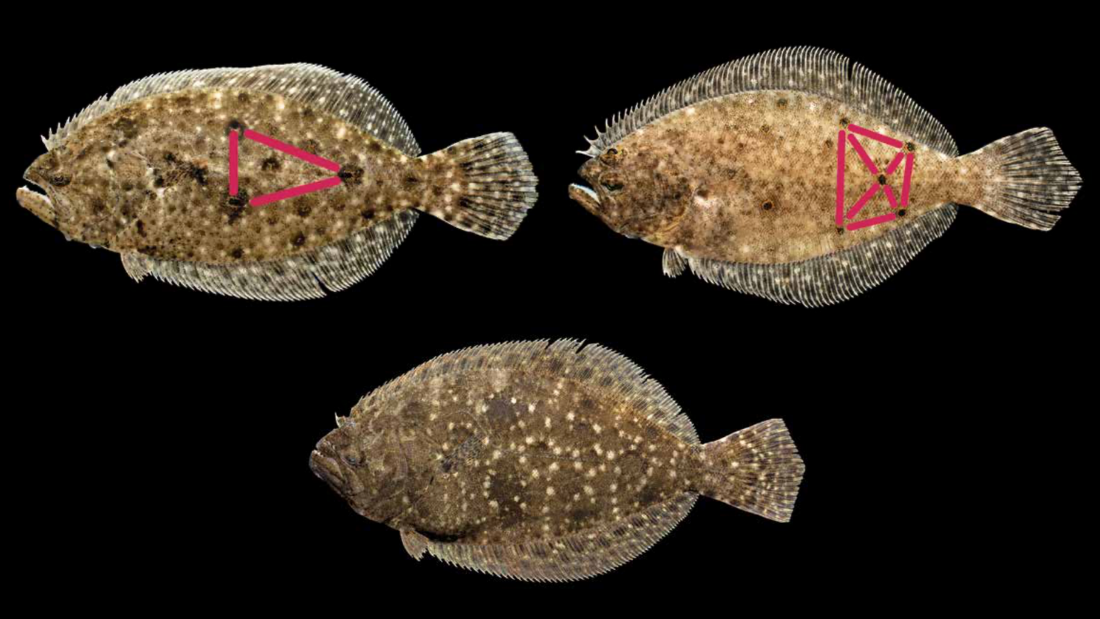
2. Can You Identify North Carolina’s Three Species of Flounder?
It turns out, most anglers can’t. Luckily, NCDMF has some tips.
originally posted November 2019

3. How Big Was the Megalodon Shark?
New research suggests the extinct species could have been nearly 60 feet long.
originally posted February 2021
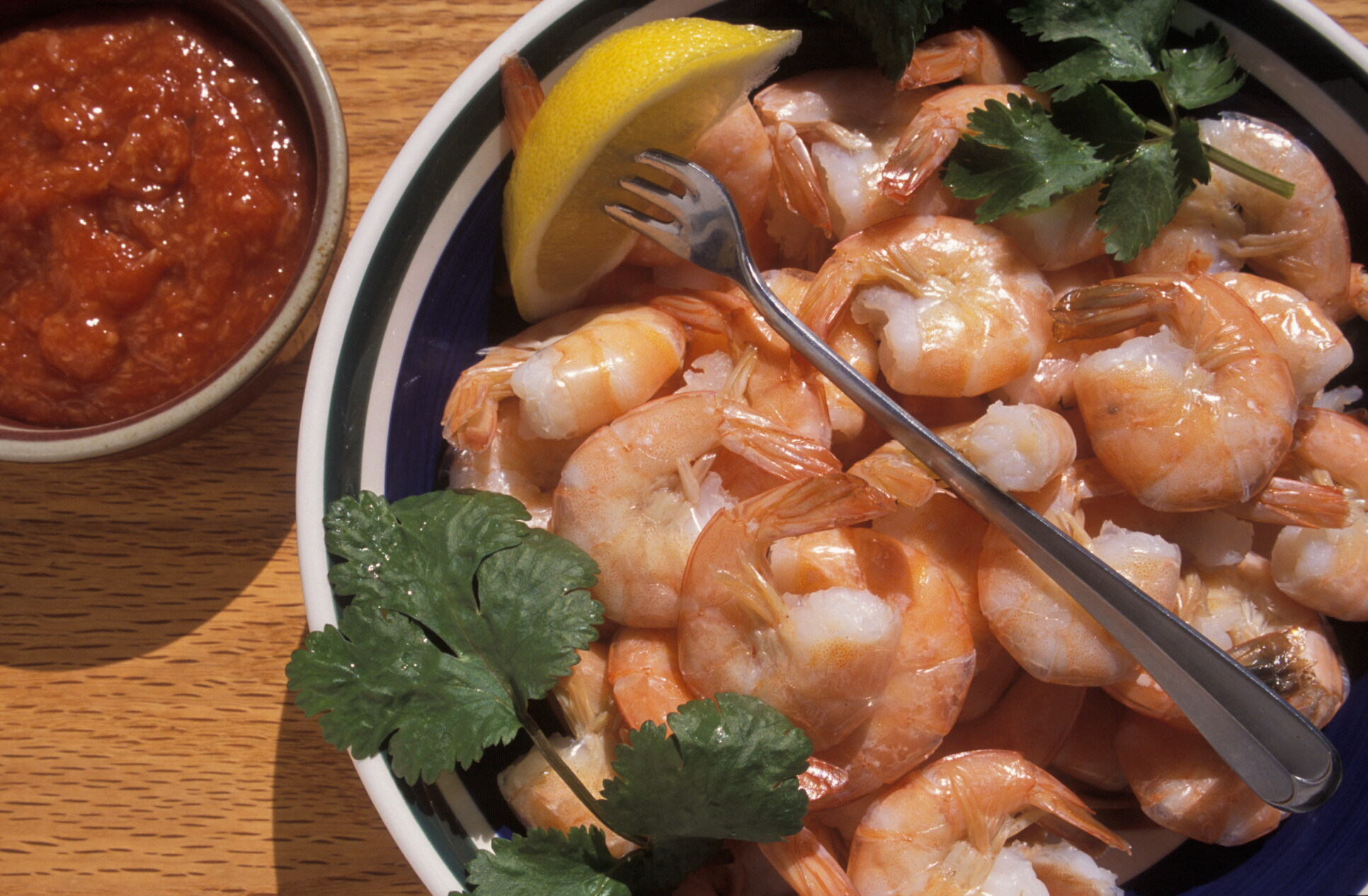
4. What’s Up With North Carolina Shrimp?
Are we catching more shrimp offshore during the winter and spring?
originally posted April 2020
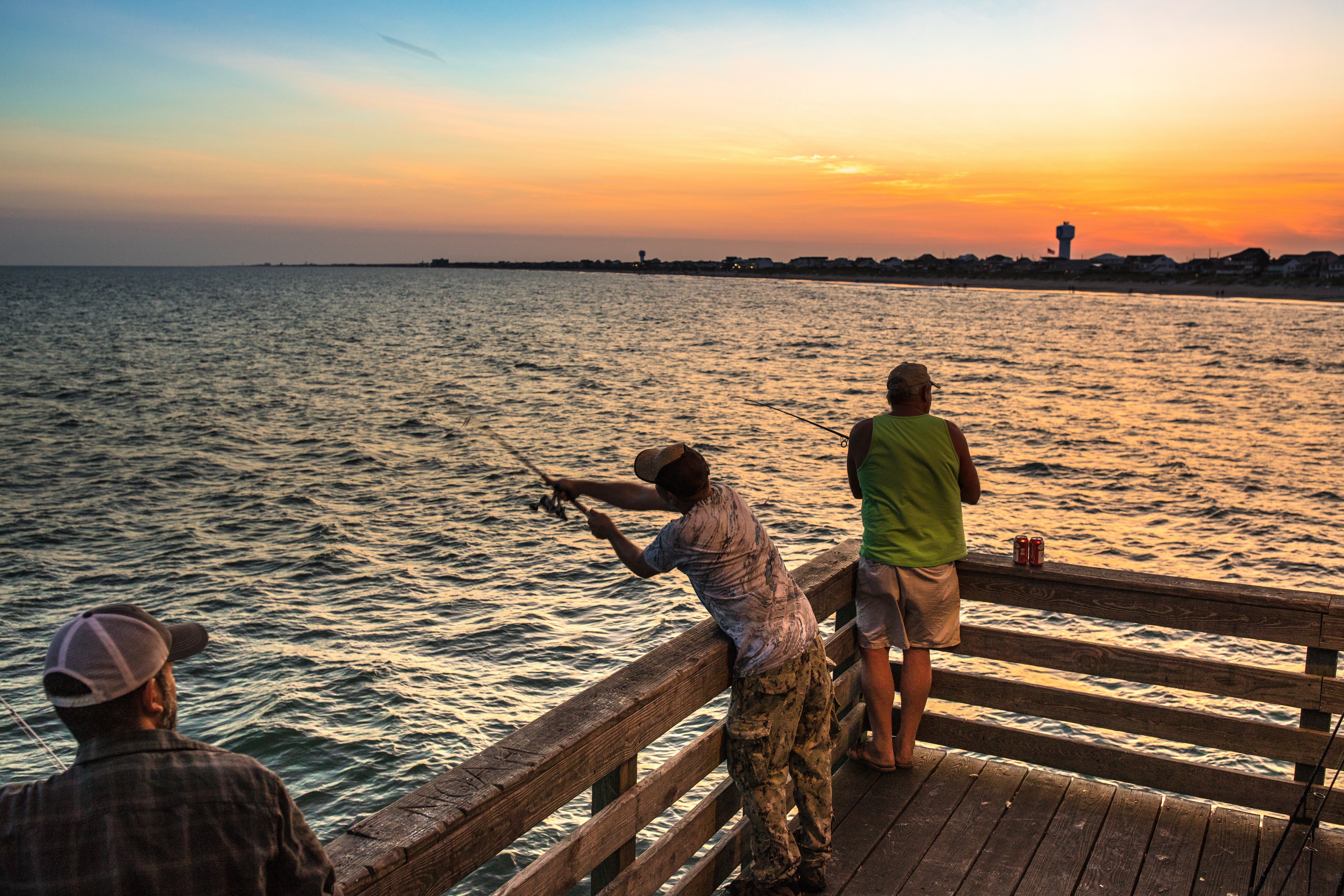
5. Do Fish Shrink After They Die?
New research suggests anglers should think twice about keeping fish that are close to the minimum size limit.
originally posted August 2019
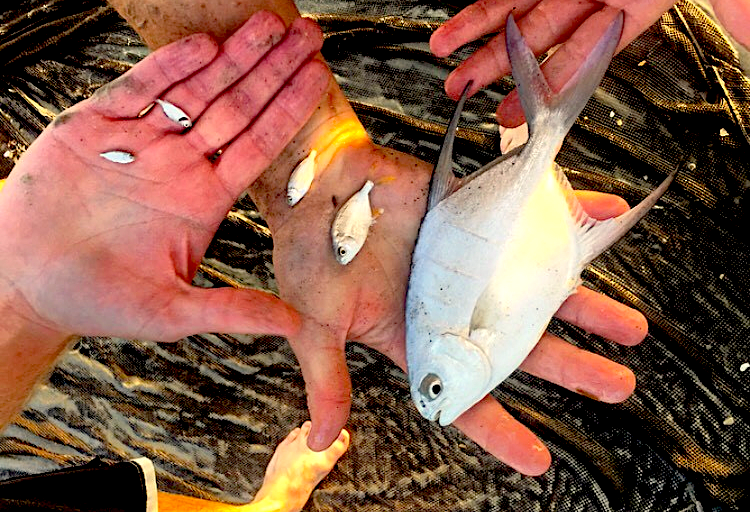
6. What Fish Species Live in the Surf Zone?
At Wrightsville Beach, 84 different fishes use the surf zone.
originally posted November 2019
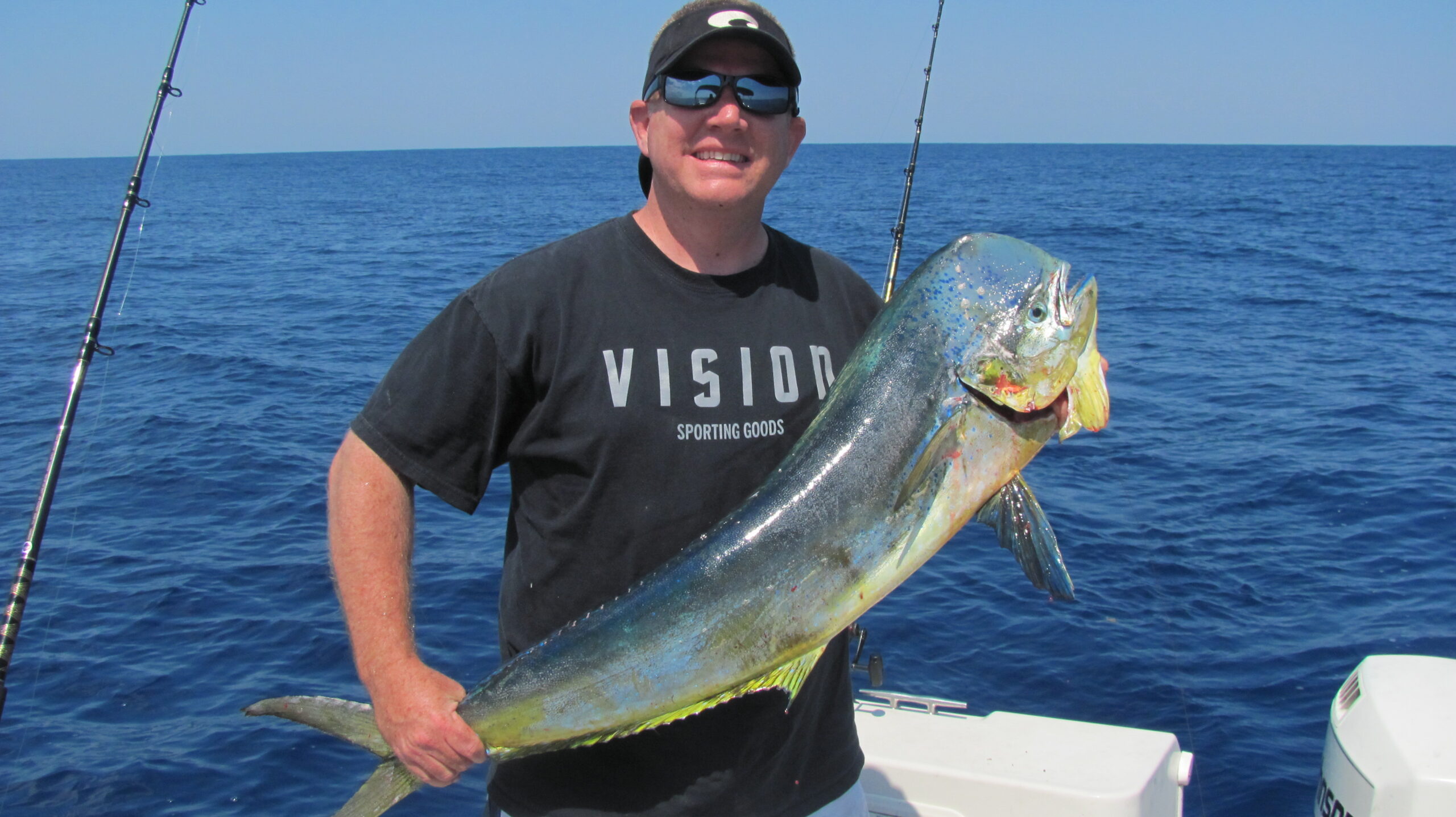
7. What Depth and Water Temperature Do Mahi-Mahi Prefer?
Satellite-tagged mahi-mahi spend about 40% of their time near the surface and 95% of their day in water 77 to 84°F.
originally posted May 2021

8. Why Should We Protect Coastal Habitats?
New research suggests the extinct species could have been nearly 60 feet long.
originally posted January 2020

9. Is Climate Change Affecting Sea Turtle Hatchlings?
Research shows warming temperatures cause loggerheads to give birth mostly to female offspring.
originally posted January 2020

10. What Does the Invasive Lionfish Eat?
Effects on lionfish prey could be bad news for reef diversity.
originally posted February 2019
As always, you can find out more details about the studies and access the original research articles on Hook, Line & Science.
Thanks for reading!
by Scott Baker
Lead photo credit: NC Aquarium at Fort Fisher.
The text from Hook, Line & Science is available to reprint and republish, but only in its entirety and with this attribution: Hook, Line & Science, courtesy of Scott Baker and Sara Mirabilio, North Carolina Sea Grant. HookLineScience.com



